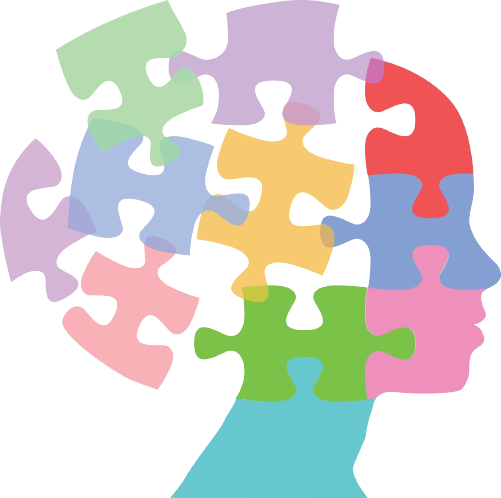How many decisions do you make in a day? It has been cited adults make more than 35,000 decisions in a day! No wonder why many of us experience decision fatigue by the end of the day, let alone by the end of the week. While many decisions are made unconsciously, there are decisions needed throughout the day requiring significant mental energy. To better understand how to enhance our decision-making, let’s understand the interworking systems.
There are two Systems around decision-making processes, System 1 versus System 2. System 1 thoughts and decisions are made unconsciously. These types of decisions are instinctive and automatic and made without over taxing our brain. Whereas System 2 thinking and processes are required for conscious decision-making. System 2 requires rational, logical, effortful, slow, and deliberate thinking.

What are some examples? System 1 thoughts are our rote routines such as our morning routine or commute to work. Where System 2 decision making processes are deciding on a new job, relationship management, or what school to attend.
How do these systems work? Researchers have discovered that these systems are intertwined. System 1 comes first, followed by System 2 thinking if necessary. This dual-system approach combines both forms of reasoning as almost all many thought processes combine the two systems. Though more challenging situations rely more on System 2, both systems end up working together. Emotions from our automatic/unconscious System 1 influence and complement our logical System 2 thinking, and our brain integrates the two to enable us to make purposeful decisions.
So how do we strengthen our decision-making processes?
· Build awareness: Try to build self-awareness around some of your decision-making tendencies and biases. Since many of the decisions we make are unconscious through System 1, let’s consider how emotions and biases impact those decisions that require System 2.
Are you someone who stalls when too many choices are provided, makes decisions without thinking about the short and long-term impact, or ruminates after a decision is made? Building self-awareness on some of our tendencies will help us better prepare for cutting choices down before going through the decision-making process or continuing to build space for the decision-making process.
· Avoiding decisions: The more we try to avoid the decision-making process the more pressure that builds to make a choice. As that uncomfortable feeling grows, our decision-making and dual systems are more likely to respond emotionally or without careful consideration for the short and long-term consequences.
One strategy is to continue to give yourself headspace for decisions you are avoiding. There will be times when you may not come to a final decision. That is ok, but don’t forget to go back and allow yourself space to continue to process and logically go through the decision-making process.
· Too many choices: The vast quantity of choices that present themselves each day can impact our headspace and ability in making clear rational decisions. While choice can support empowerment, too many choices can overwhelm us and lead to indecision. Try to limit choices or cut choices down before you begin the decision-making process.
· Consider the consequences: Don’t forget, many of the 35,000 decisions we make a day will not have a long-lasting impact and we often can change course. When we consider the consequences associated with making the “wrong” choice, the decision-making process can become less scary.
